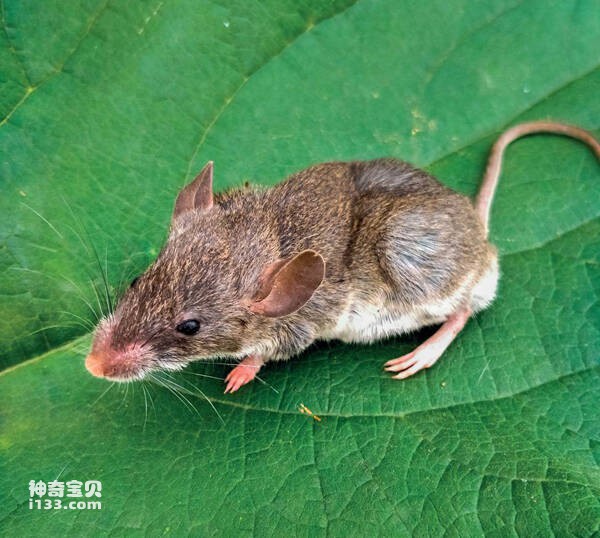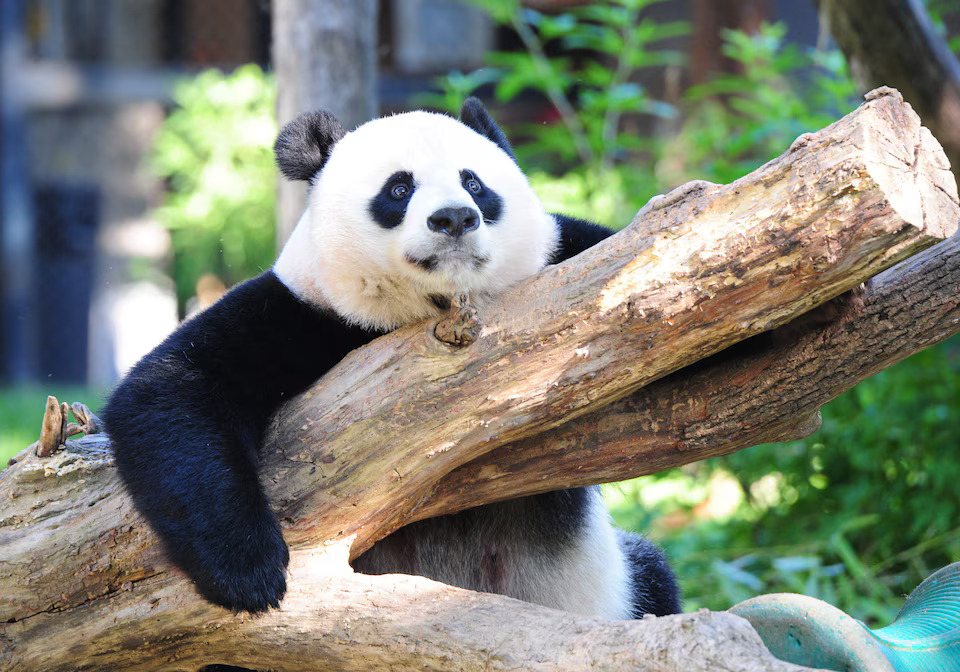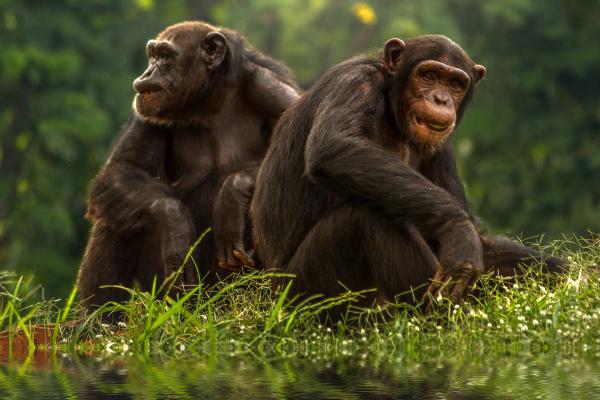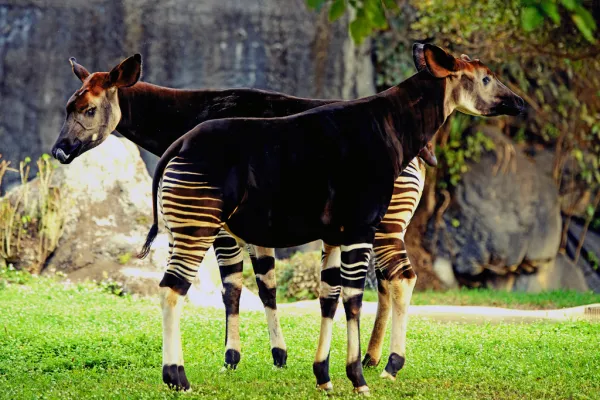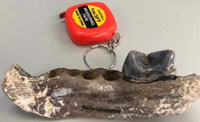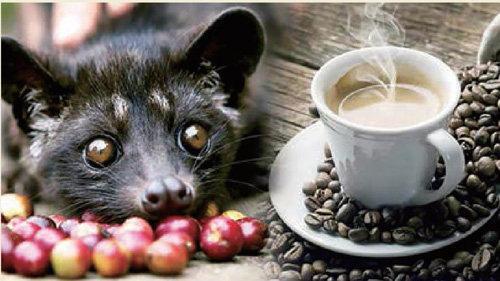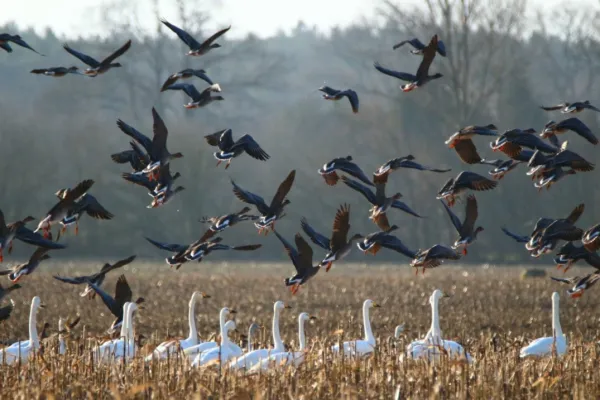The animal world is full of various magical creatures, and their reproduction methods are also rich and diverse. Different animals have developed unique ways according to their respective ecological environments and evolutionary characteristics. There are many ways of giving birth, which not only show the diversity of life, but also reveal the wisdom of nature for the continuation of species. This article will explore the unique ways of giving birth of several animals and gain a deeper understanding of their fertility strategies and reproductive behaviors.
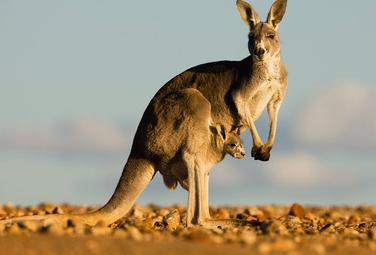
1. Kangaroo: Secondary birth in the pouch
Kangaroos are one of the most typical marsupials, famous for their unique birthing and parenting methods. In the world.
Unique delivery process
Kangaroos have a very short gestation period, usually only about a month. During childbirth, the underdeveloped cub is born from the mother's womb, and the cub is only the size of a bean. The cub is not fully mature after birth, and it needs the mother's help to crawl into the mother's pouch.
Development in the pouch
Once the joey is in the mother's pouch, it continues to suckle breast milk and grows to maturity. The joey may The kangaroo will stay in the pouch for several months until it is fully grown and then it will leave the pouch to explore the outside world.
Multi-stage reproduction
There is another stage in the reproductive process of kangaroos. Special feature: Female kangaroos can continue to be pregnant even when they already have a joey in their pouch. This "delayed implantation" mechanism allows female kangaroos to quickly produce a new generation of joeys when environmental conditions allow.
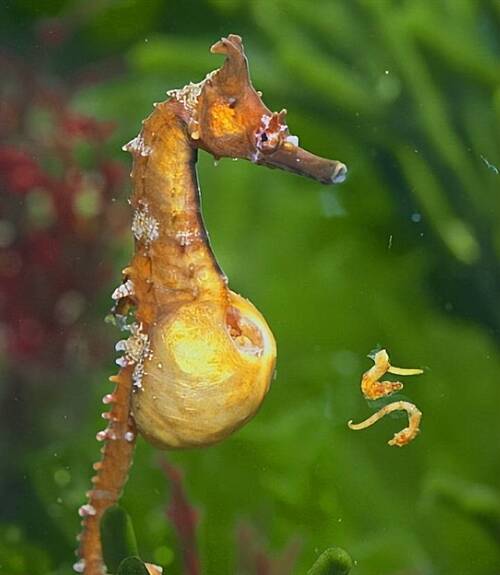
2. Seahorse: Male childbirth
Seahorse is famous for its unique male childbirth ability. It is one of the few species in the world where males are responsible for pregnancy and childbirth. One of the animals.
Unique Reproduction Process
During the reproduction process of seahorses, female seahorses will release eggs into the brood pouch of male seahorses. Male seahorses will The eggs are fertilized and grown in the brood pouch. The brood pouch provides oxygen and nutrients to the embryo, allowing the baby seahorse to mature inside.
Male birth
When the embryo matures, the male seahorse will undergo a process similar to childbirth to expel the baby seahorse. During this process, the male seahorse will shrink the brood pouch to help the baby leave and enter the sea.
3. Platypus: An egg-laying mammal
The platypus is a very special mammal that combines the reproductive characteristics of reptiles and mammals. As an egg-laying mammal, the platypus's birthing method is both unique and complex.
Oviparous process
Female platypuses lay 1 to 3 eggs, usually The eggs are laid in nests they build themselves. They incubate the eggs, rather than giving birth to their young like most mammals do. The incubation period is about 10 days, and the young are very fragile and need the care of their mother.
Breastfeeding methods
Although the platypus lays eggs, it is still a mammal. After hatching, the young survive by sucking milk secreted from the mother's skin instead of suckling milk from the nipples. This unique way of nursing is a distinguishing feature of the platypus as a mammal.
4. Snakes: Hybrid Ovoviviparity
Most snakes are oviparous, but some snakes reproduce by ovoviviparity. This hybrid mode allows the young snakes to develop inside the mother's body but eventually hatch out.
Ovoviviparity
In ovoviviparous snakes, the mother snake keeps the fertilized egg inside her body and allows the embryo to develop inside her body. The embryo absorbs nutrients from the eggshell and receives some support inside the mother's body. When the embryo is fully developed, the young snakes are born from the mother's body like viviparous animals, but they actually hatch from eggs.
Adaptive Advantages
This birthing method gives ovoviviparous snakes a better chance of survival in harsh environments. The embryo develops inside the mother's body, allowing the young snakes to avoid threats from the outside environment until they are strong enough to survive on their own.
5. Rays and Sharks: Amazing Diversity of Viviparity
Rays and some shark species exhibit complex viviparous reproduction methods, some of which have extremely special reproduction methods such as "ovoviviparous" and "intrauterine swallowing".
Ovoviviparous Rays
Many rays are ovoviviparous, with their young developing inside the mother's body and hatching from eggs. After development is complete, the mother ray delivers these young into the water.
Intrauterine cannibalism in sharks
The viviparous process of some sharks, such as the great white shark, is even more amazing. In this shark, the earlier developed embryos will devour the undeveloped eggs of other siblings in the uterus, or even the embryos that have already hatched. This process is called "intrauterine cannibalism" and is a unique strategy for sharks to adapt to the competition for survival in the ocean.
6. Toads: A special way of hatching on the back
The Surinam Toad in South America has an amazing way of reproduction, and its young hatch directly on the mother's back.
Reproduction process
The female Surinam Toad embeds the fertilized eggs into special skin cavities on her back. The embryos develop in these cavities until the young toads are fully mature. After that, the young toads crawl out through the skin cavity on the mother's back and go out to live in the outside world.
Ecological Adaptation
This unique breeding method provides extremely high safety for young toads, avoiding attacks from predators that may occur when hatching in water.
7. Hippopotamus: Underwater Birth
The birthing method of hippopotamus is also quite special, and they usually give birth in water.
Birth Process
Hippos choose to give birth in shallow waters, where water can provide some protection for their young. After the young are born, they will immediately swim to the surface to breathe, and the mother hippo will help the young take their first breath in the water.
Uniqueness
Birthing in water is an adaptive behavior for hippos, who live near water, which not only provides protection but also reduces the threat of predation on the ground.
The animal kingdom is full of unique birthing methods, from kangaroos' pouches to male births in seahorses to ovoviviparity in snakes, each of which is an adaptation of the species to its living environment. Understanding these unique reproductive strategies not only makes us marvel at the diversity of nature, but also reveals the amazing evolution of life. In the process of exploring these animal birthing methods, we can also have a deeper understanding of the fragility and resilience of life.

